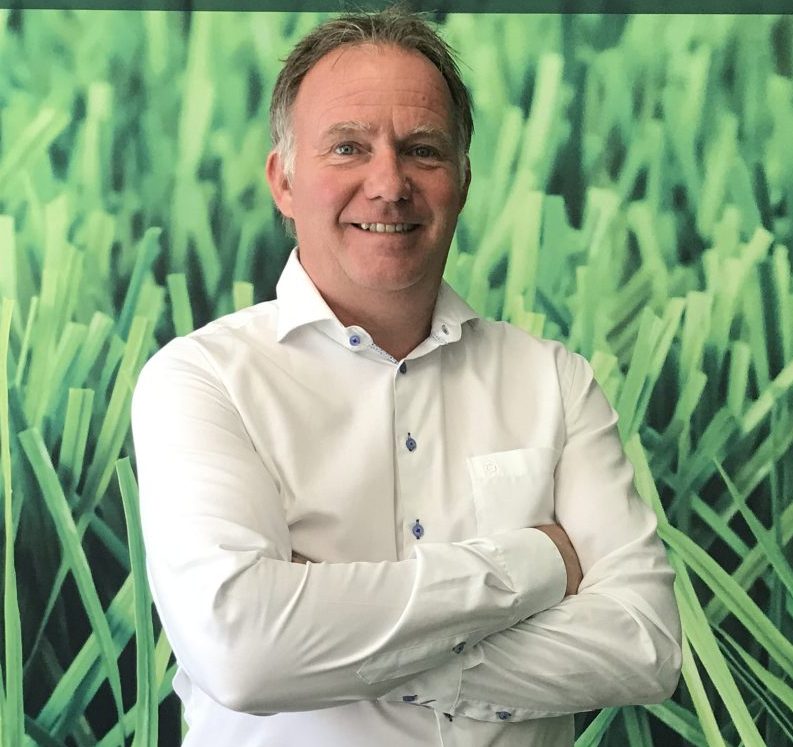Introducing Onno Brenninkmeijer
- 06/30/2020
What is your role at CCGrass?
I am the sales manager for Scandinavia, and German speaking countries. Whilst I help to develop a suitable portfolio of products, with our Product Development team in China, I mainly spend my time promoting CCGrass products to our customers, creating positive relationships and sales for the European market.
Why did you decide to work for CCGrass?
I liked the challenge that we faced in convincing the European Market to adopt sports surfaces from CCGrass, which, whilst it is the largest turf manufacturer of the world, did not have the biggest sports presence in Europe.
What is your history in the artificial grass industry?
During my Human Movement study in the eighties at Amsterdam University, I became interested in the development of Artificial turf for Hockey. Since I was an active hockey player myself, I had a strong interest in developing hockey surfaces that were affordable for clubs and schools.
From 1990, I joined the leading and renowned turf producer, Desso, and became the Area Sales Manager for North West Europe. In 2008 I switched to Mondo Sport Surfaces, to become Sales Director for North West Europe, for artificial turf, running tracks and indoor flooring.
In 2015, I joined Greenfields Tencate, to boost the sales on woven systems for football in The Netherlands and the German speaking countries, before joining CCGrass in 2017.
How has the demand of artificial grass changed in Europe?
The demand for artificial turf has definitely increased in some countries, with more and more pitches being installed and very positive reactions from communities and sports teams alike. In some other countries, however, the demand has been slower, with the move to use artificial grass being less popular.
What’s your opinion on the current microplastic debate?
It is clear that the industry has no choice but to consider moving away from using rubber infill, towards more eco-friendly solutions.
There are several possibilities being considered, on how to keep the rubber infill within the pitch, however, these proposals are proving less favourable than completely banning the infill.
At the moment, high-quality, micro-plastic free solutions that are available are financially unsustainable to the market, potentially resulting in systems that are unpleasant to play on, similar to the old sand-dressed carpets of the past.
I am looking forward to a solution that pleases all sides of the argument, meaning there will be no reduction in quality for future pitches.
For more information or any enquiries
contact Onno Brenninkmeijer on +31 651 814766
onnno.brenninkmeijer@ccgrasseurope.com





